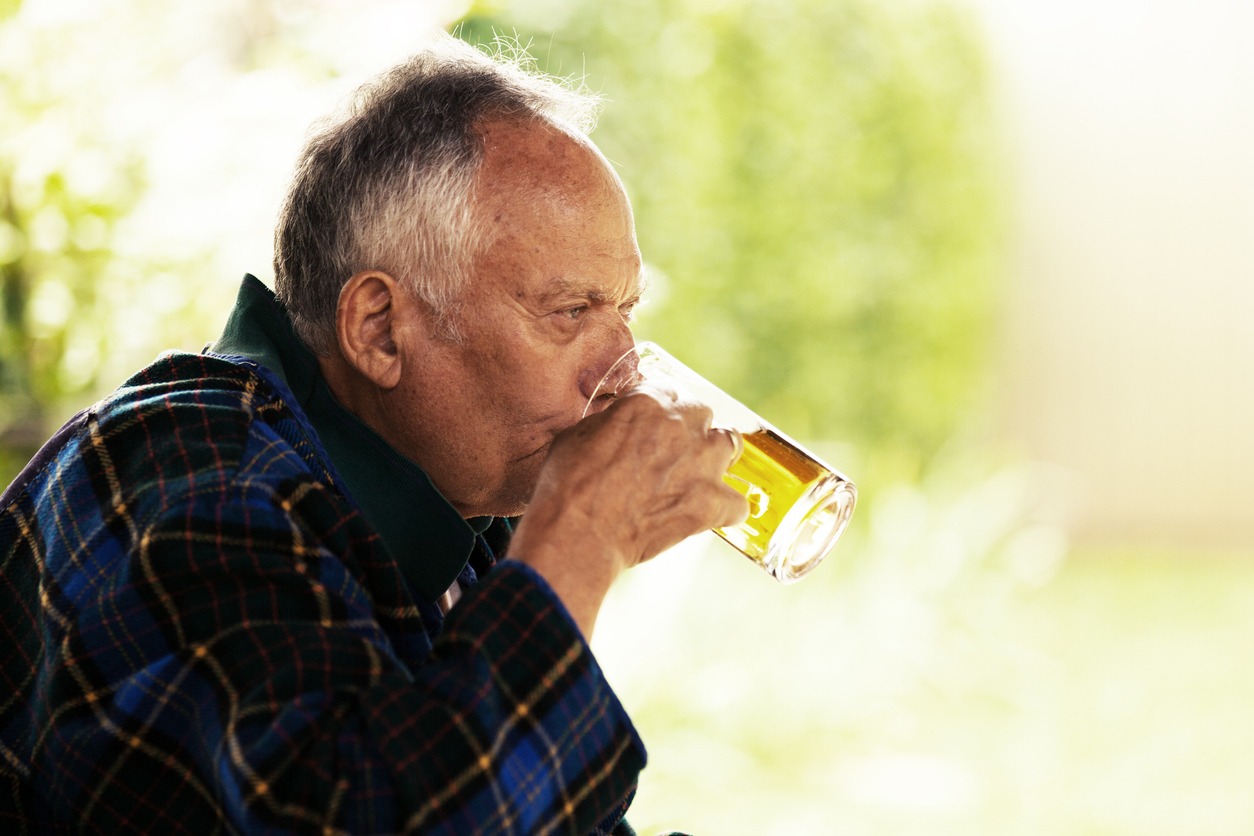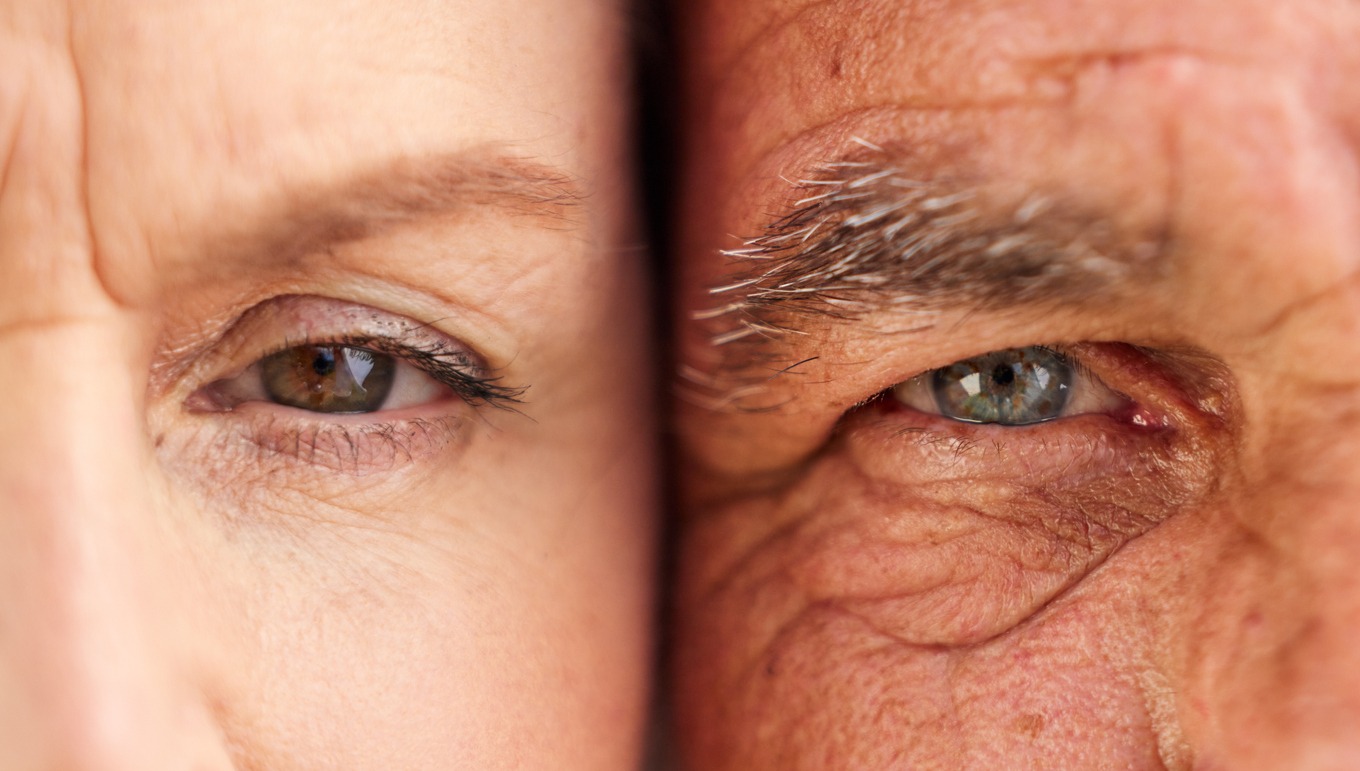Aging pertains to the process of physiological and social changes that occur in organisms over time, which leads to a decline in their functional capacities and increased vulnerability to disease. It is a fact that we, humans, can’t stop ourselves from getting older. But there are choices we can make to help ourselves feel great for as long as possible, even with the other elements that are beyond our control.
While aging is a natural process that all of us go through, did you know that it has two types? As you grow old, it is normal to experience age-related changes, such as creaking joints and graying hair, as these are signs of primary aging. However, acquiring diseases like high blood pressure is not synonymous with primary aging. Instead, they are considered part of the secondary aging process.
Understanding primary and secondary aging helps distinguish between age-related changes that are intrinsic to the biological process and those influenced by external factors. It also allows us to better understand the factors that contribute to aging and give us insights into possible interventions to promote healthy aging. If you are interested to learn more about these, you’re in the right place. In this article, we are going to give you a guide on the difference between primary and secondary aging.
What is Primary Aging?
Based on scientists, primary aging pertains to biological factors that are mostly beyond our control. It is basically the idea that, whether we like it or not, getting older is part of the natural life cycle, and even the fittest among us can’t possibly live forever.
It refers to the natural, inevitable, and gradual physiological changes that occur in the body over time. It is also usually considered a result of the normal wear and tear of bodily systems and is not directly influenced by external factors, such as:
- Genetic Factors: Genetic tendencies can influence the rate and extent of primary aging.
- Cellular Damage and Oxidative Stress: Accumulation of cellular damage and increased oxidative stress can also contribute to primary aging.
- Hormonal Changes: Age-related hormonal changes, such as a decline in growth hormone and sex hormones, play a role in primary aging.
- Telomere Shortening: Telomeres are the protective caps at the ends of chromosomes. These shorten with each cell division and are associated with cellular aging.
Examples of Primary Aging Effects
To help you further understand what primary aging is, below are some examples of its effects on humans:
- Wrinkles and Sagging Skin: Loss of skin elasticity and the formation of wrinkles are common signs of primary aging.
- Gray Hair: The loss of pigmentation in hair follicles leads to the appearance of gray or white hair.
- Decreased Muscle Mass and Strength: Muscle mass and strength naturally decline with age because of factors like decreased protein synthesis and hormonal changes.
- Reduced Sensory Functions: Primary aging may also lead to a decline in sensory functions, such as vision and hearing, because of the changes in sensory organs and neural pathways.
In addition to these, primary aging can also lead to a weakened immune system, a decline in cognitive functions, a reduced ability to cope with stress, and a slower heart rate.
What is Secondary Aging?
If primary aging is purely biological or intrinsic, secondary aging, on the other hand, describes the environmental aspect of aging or the extrinsic factors. It revolves around the idea that our lifestyle choices can definitely have an impact on our long-term well-being and even the aesthetic effects of aging. These may range from our diet and physical activity to stress and even factors like where we are living.
Secondary aging occurs in addition to primary aging, and it can accelerate the overall aging process. Another way to look at this type of aging is through biological age, which is also referred to as a person’s perceived age. Your biological age may be lower compared to your chronological age. This means that you look younger and healthier than peers of the same age.
External Factors Contributing to Secondary Aging
There are various factors that may contribute to secondary aging among humans. Below are some of them:
- Lifestyle Choices: Unhealthy dietary habits, such as excessive intake of processed foods and sugary drinks may contribute to accelerated aging. Aside from that, a sedentary lifestyle or lack of regular physical activity may also lead to muscle loss, decreased cardiovascular fitness, and other negative health effects. Lack of sleep, smoking, and excessive alcohol consumption may also lead to accelerated aging and different age-related diseases.
- Environmental Factors: Prolonged exposure to UV rays from the sun as well as environmental pollutants can damage the skin, which leads to premature aging. Aside from that, certain occupational exposures, such as toxins, chemicals, and physical stressors may also contribute to secondary aging.
- Chronic Stress: Persistent psychological stress can also have detrimental effects on the body, which include accelerated aging processes.
Examples of Secondary Aging Effects
To further help you understand what secondary aging is, below are some of its effects on humans:
- Accelerated skin aging due to sun exposure: Being exposed to the sun for long periods without proper protection can lead to wrinkles, age spots, and other signs of premature skin aging, which are all effects of secondary aging.
- Cardiovascular diseases due to poor diet and lack of exercise: People who have unhealthy lifestyle choices have an increased risk of acquiring cardiovascular diseases, such as heart disease and stroke.
- Cognitive decline due to chronic stress and unhealthy habits: When a person has persistent psychological stress combined with poor lifestyle choices, it may lead to cognitive decline and increase the risk of neurodegenerative diseases like Alzheimer’s.
- People who have cognitive decline are sometimes restless. If you or someone you know is experiencing this, it can be beneficial to use sensory cushions. Find out why by reading The Benefits of Using Sensory Cushions.
Comparing Primary and Secondary Aging
To further understand the differences between primary aging and secondary aging, take a look at the comparisons below:
Nature of Causes
Primary aging is mainly driven by internal factors that are inherent to the aging process itself. Genetic predispositions play a significant role in determining the rate and extent of primary aging, and inherited traits can influence the susceptibility of an individual to age-related changes. Aside from that, primary aging also involves natural biological processes which occur over time as part of the normal aging process. The inherent mechanisms of the body for repair and maintenance slowly decline, which contributes to primary aging.
Secondary aging, on the other hand, is influenced by external factors that interact with the body and contribute to accelerated aging. Having unhealthy behaviors and lifestyle choices, such as poor nutrition, smoking, lack of sleep, and excessive alcohol consumption can speed up the aging process and lead to premature aging effects. Aside from these, environmental exposures and external stressors like chronic stress may also accelerate the aging process and contribute to secondary aging.
Time of Onset
Primary aging starts during early adulthood and continues slowly throughout the lifespan. It represents the baseline aging process that occurs in all individuals. Secondary aging, on the other hand, can happen at any age, depending on the presence and intensity of external factors. The factors that contribute to secondary aging can accumulate over time or have more immediate effects.
Reversibility
Since primary aging is a natural aging process, it is difficult to reverse completely. But you can do some interventions, such as living a healthy lifestyle, to slow down the progression of primary aging effects. When it comes to secondary aging, some of its effects can be partially or totally reversed. All you have to do is make positive changes to lifestyle choices and reduce exposure to external factors to mitigate or reverse certain signs of secondary aging.
Preventive Measures
The preventive measures for primary aging are focused on healthy aging strategies, like maintaining a balanced diet, exercising regularly, managing stress, and sleeping adequately. Aside from these, genetic counseling and early detection of age-related diseases may also help.
In secondary aging, the preventive measures include emphasizing the importance of adopting a healthy lifestyle and minimizing exposure to harmful external factors. To prevent secondary aging, you need to eat a nutritious diet, engage in physical activities, avoid smoking and excessive alcohol use, protect the skin from sun damage, and manage stress effectively.
Conclusion
Understanding the difference between primary and secondary aging is essential for learning the complex processes associated with aging. While normal aging is mainly unavoidable, the choices we make today can really make a difference for the future, whether it is engaging in different physical activities, practicing meditation, using sunscreen, or maintaining a balanced diet. Therefore, to ensure a higher quality of life in your golden years, make the right lifestyle choices in your daily life now. This will help you start adopting an ageless approach in life. We hope this article helped you learn more about the difference between primary and secondary aging.




